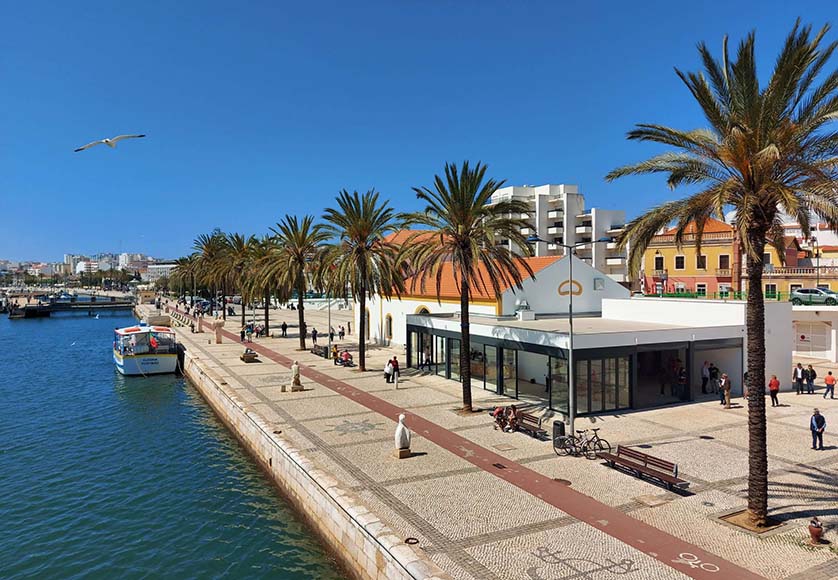
A labyrinth of pavilions, temples, courtyards, gardens… The Forbidden City was built six hundred years ago by Yongle, the third emperor of the Ming Dynasty. How was this vast and richly decorated palace built? A true feat of architecture, which has remained elusive for centuries, the Forbidden City reveals its secrets here.
The largest palace in the world…
Built in Beijing between 1406 and 1420 by Emperor Yongle of the Ming dynasty, the Forbidden City covers 72 hectares (ten times the size of the Palace of Versailles), making it the largest palace complex in the world. For five centuries, it would be the administrative center of the empire and the residence of the king.
earthquake resistance
The Forbidden City was built of wood and often caught fire. On the other hand, it has withstood more than 200 earthquakes thanks to an ingenious architectural technique. Huge surfaces rest not on the walls, but on unburied columns set on pedestals. These are attached to a frame fixed by a tongue and mortise without screws. This assembly gives great flexibility to the structure. An experiment on a 1/5 scale reproduced model showed that the building was able to withstand an earthquake of 10.1 on the Richter scale.
gardener emperor
Twenty-four emperors lived in the Forbidden City during the five hundred years. The last of them, Puyi, who was expelled by the Communists, would end up as a gardener.
The Forbidden City Revealed: Saturday, August 20 at 8:50 PM ART
Hussein Shawshawi






